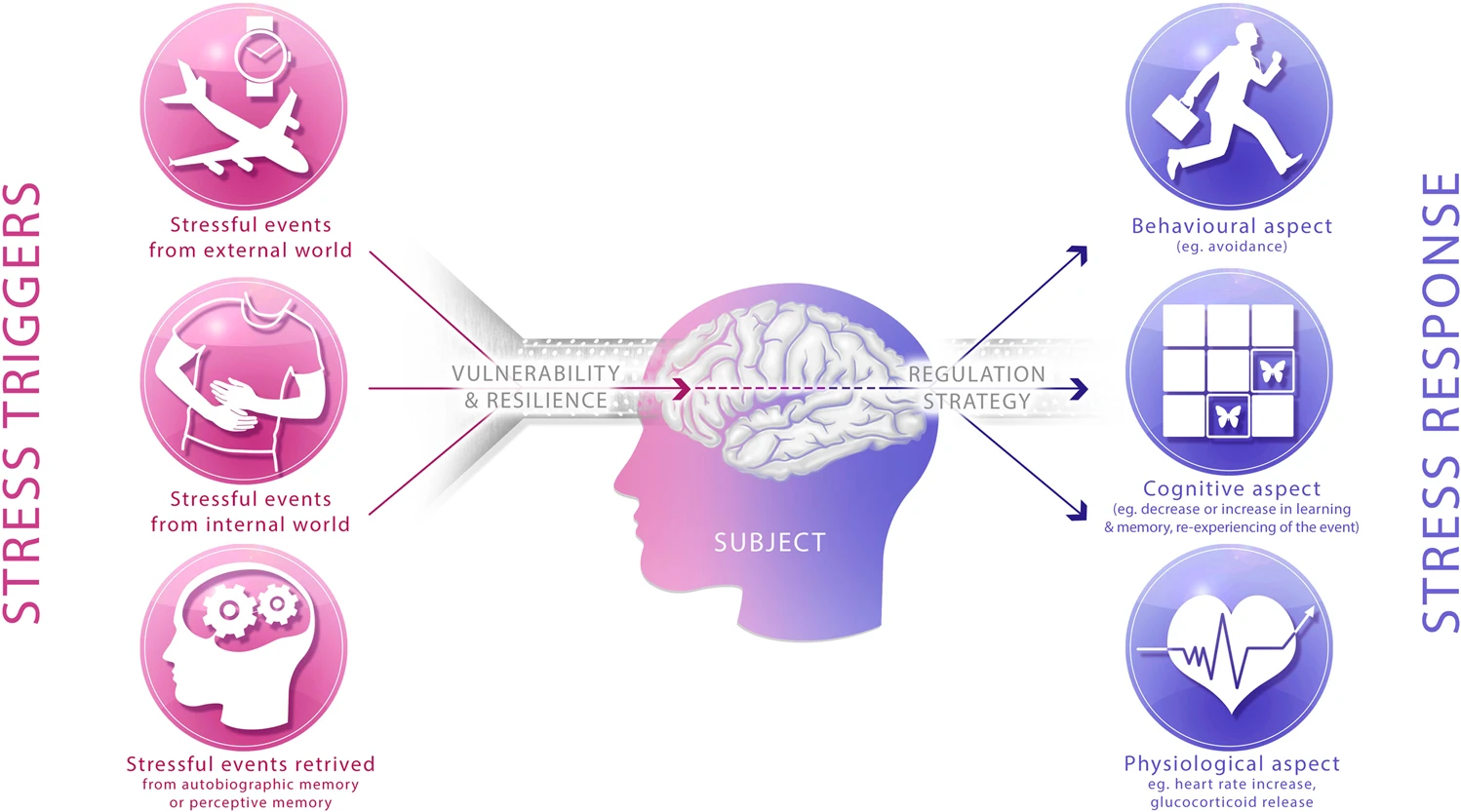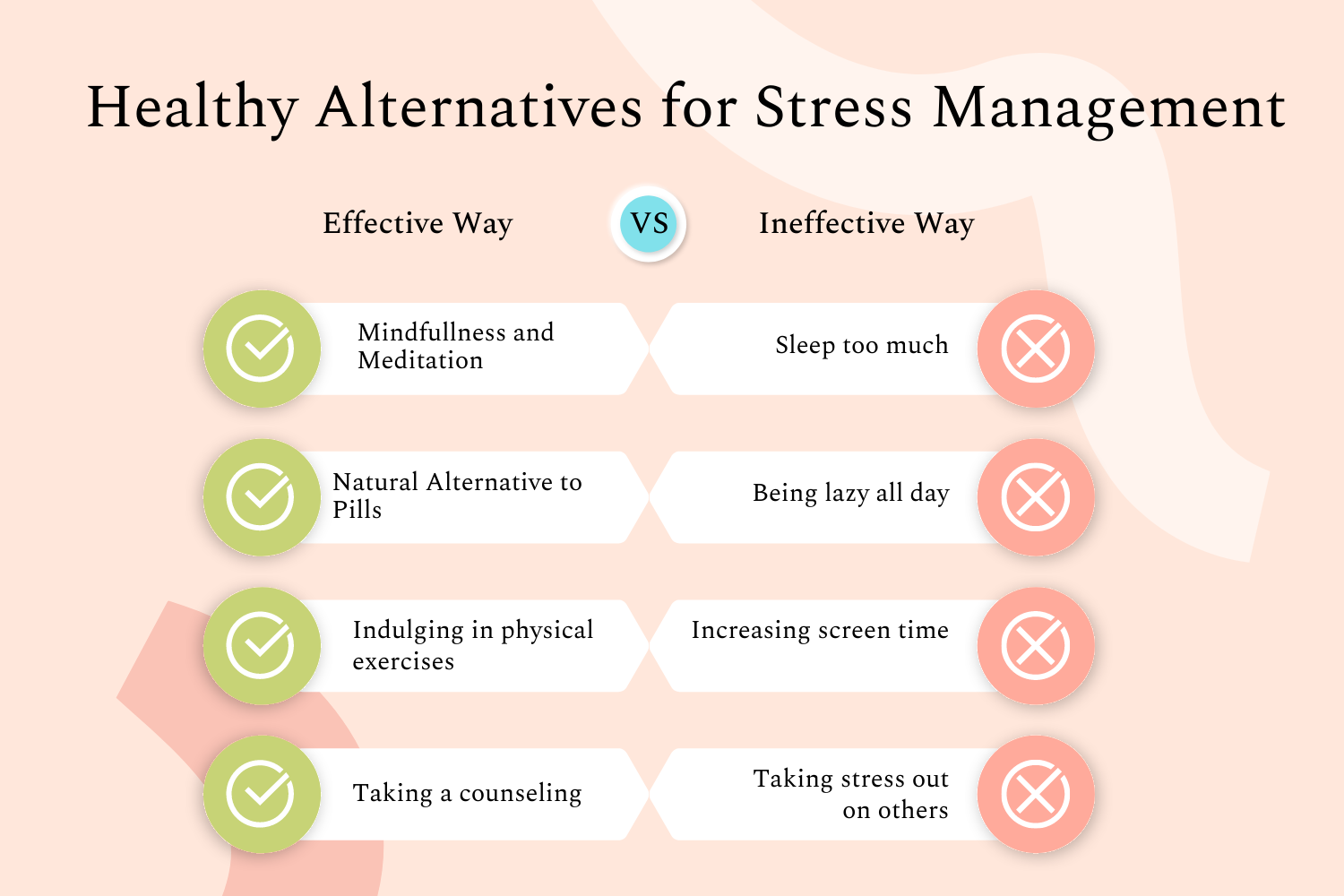Once a court issues an order, it generally cannot be changed without a showing of…
“The Need for Speed: Exploring Why People Seek Stress Relief Through Acceleration” – Guest Post

Get ready for an exciting adventure as we explore “The Need for Speed: Why People Turn to High-Speed Activities for Stress Relief!” We’ll learn about why some people love fast activities when they feel stressed. From the thrilling rush of adrenaline to feeling in control, we’ll understand how speed affects our minds and bodies. Come join us on this journey to discover the reasons behind this exciting way of finding relief and learn about healthier ways to handle life’s pressures. Let’s start this thrilling exploration together!
The Thrill of the Chase: Why Speed Appeals to the Stressed Mind
- A Sense of Control: In moments of stress, individuals often feel like they are losing control over their lives. Engaging in high-speed activities provides a sense of control, allowing them to dictate the pace and direction, even if momentarily.
- Escapism and Distraction: Speed offers a temporary escape from the stressors of daily life. When the world blurs by in a rush, one’s focus shifts from problems to the present moment, offering a brief respite from worries.
- Release of Endorphins: Accelerating the body’s pace triggers the release of endorphins, commonly known as “feel-good” hormones. These neurotransmitters can provide a sense of euphoria, which acts as a natural stress reliever.
- The Flow State: Engaging in high-speed activities can lead to a psychological phenomenon known as “flow.” In this state, individuals become fully immersed and focused on the task at hand, resulting in a sense of timelessness and detachment from stress.
- Adrenaline Rush: The adrenaline rush associated with high-speed activities can be addictive. The surge of adrenaline provides an immediate surge of energy, temporarily reducing feelings of stress and fatigue.
The Psychological and Physiological Impact of Stress Acceleration
Engaging in high-speed activities for stress relief can have both positive and negative effects on our minds and bodies. On the positive side, the rush of adrenaline and release of endorphins during these activities can lead to an improved mood, giving us a sense of euphoria and temporarily reducing stress and anxiety. Successfully navigating fast-paced
challenges can boost our self-confidence and provide a sense of achievement. Moreover, participating in speed-related activities, such as car racing or extreme sports, can foster a sense of camaraderie and social bonding among participants.
However, there are also negative consequences to consider. Engaging in high-speed activities without proper training and safety measures can lead to accidents and injuries, posing significant risks to our physical well-being. Additionally, relying solely on speed as a coping mechanism can lead to dependency, and avoiding underlying stressors can result in unresolved issues. It is essential to recognize and balance the impact of stress acceleration on our overall health and well-being.
The Neurochemistry of Speed: Understanding the Endorphin Rush
The excitement of speed is not just about the fun; it also involves how our brains work. When people do fast activities like driving fast cars or extreme sports, something amazing happens in their brains. The brain releases special chemicals called neurotransmitters, and one of them is called endorphins. Endorphins are like natural painkillers for the brain and make us feel really happy and excited during fast experiences. Understanding this “endorphin rush” helps explain why some people find stress relief through speed and how it affects our emotions in exciting moments.
Speed and Safety: Navigating the Balance for Responsible Escapism
The fun of going fast lets us escape from our usual routine and enjoy exciting moments in life. Doing fast activities can be a way to take a break from stress. But it’s essential to be safe while having fun. Whether it’s driving fast, doing extreme sports, or other exciting things, safety is really important.
Responsible escapism means understanding the risks of fast activities and being careful. We should get proper training, follow rules, and use safety equipment. It’s also crucial to know our own abilities and avoid doing anything dangerous.
By finding the right balance between speed and safety, we can have fun while being responsible. We can enjoy the excitement and feel less stressed, making sure we and others stay safe. Being mindful of safety lets us have thrilling adventures without harming our health and happiness.
Healthy Alternatives for Stress Management
While speed-induced stress relief might provide a momentary escape, it is essential to explore healthier and more sustainable alternatives for long-term stress management. Here are some effective methods to cope with stress:
- Mindfulness and Meditation: Practising mindfulness and meditation can help individuals stay present and cultivate a calmer, more centered mindset.
- Exercise and Physical Activity: Regular exercise releases endorphins and reduces stress hormones, making it an excellent natural stress reliever.
- Creative Outlets: Engaging in creative activities like painting, writing, or playing music can be therapeutic and provide a healthy outlet for stress.
- Social Support: Talking to friends, family, or seeking professional help through counselling can offer emotional support during stressful times.
- Time Management: Effective time management and prioritisation can reduce feelings of overwhelm and create a sense of control over one’s schedule.
- Use Of Natural Stress Relief Alternative: CBD, or cannabidiol, has shown promising potential in helping to relieve stress and anxiety. It interacts with the body’s endocannabinoid system, which regulates mood and stress responses. Studies suggest that CBD can promote a sense of calmness and relaxation, making it a natural option for stress relief.
Conclusion
To sum up, our journey into “The Need for Speed: Exploring Why People Seek Stress Relief Through Acceleration” has revealed the complex interplay between speed, stress, and our minds. High-speed activities offer a temporary escape from daily pressures, providing a sense of control, excitement, and even camaraderie. The release of endorphins during these exhilarating moments contributes to the feeling of euphoria that many seek as a stress relief mechanism.
However, while the thrill of speed can be alluring, we must be mindful of its potential risks. Engaging in high-speed activities without proper safety measures can lead to accidents and long-term physical strain. Furthermore, relying solely on speed to cope with stress may hinder our ability to address underlying issues effectively.
As we continue to explore healthier alternatives for stress management, it is crucial to strike a balance between embracing moments of excitement and seeking long-term well-being. By understanding the neurochemistry behind the endorphin rush, we can appreciate the allure of speed and make informed choices to navigate life’s challenges more safely and sustainably.




 5.0 stars Posted by Mary June 30, 2016
5.0 stars Posted by Mary June 30, 2016